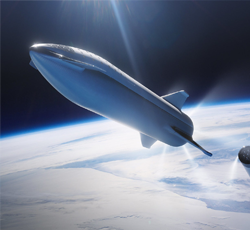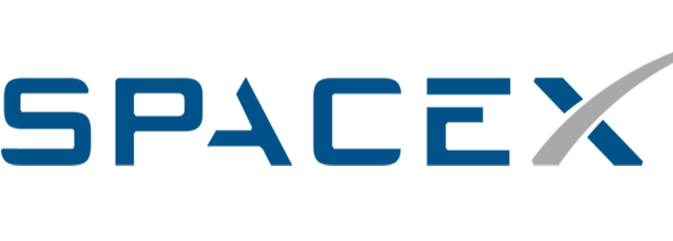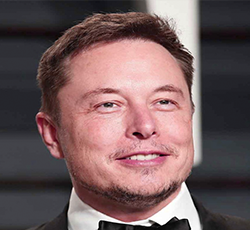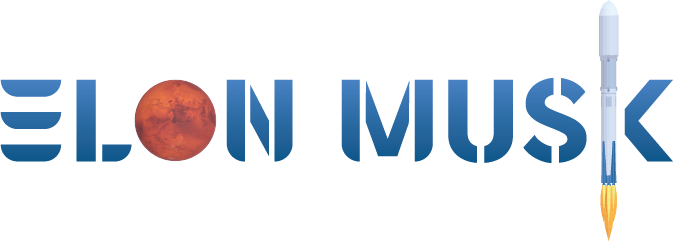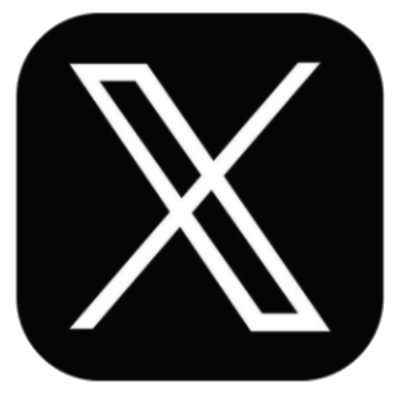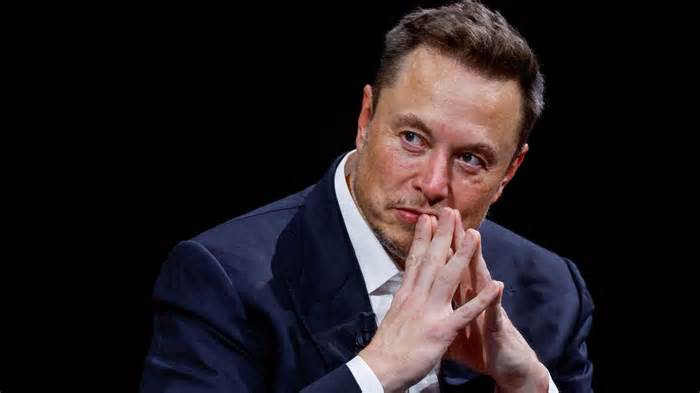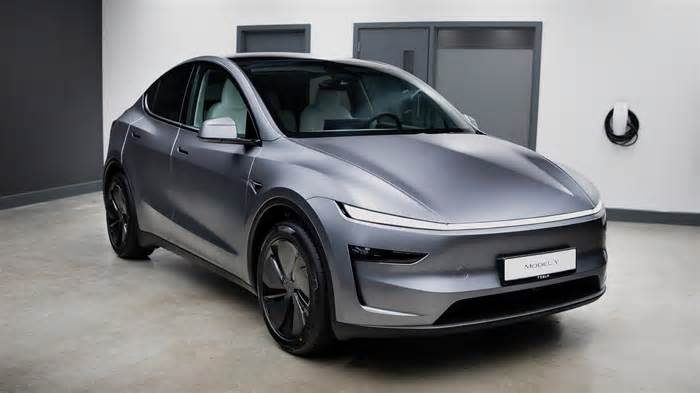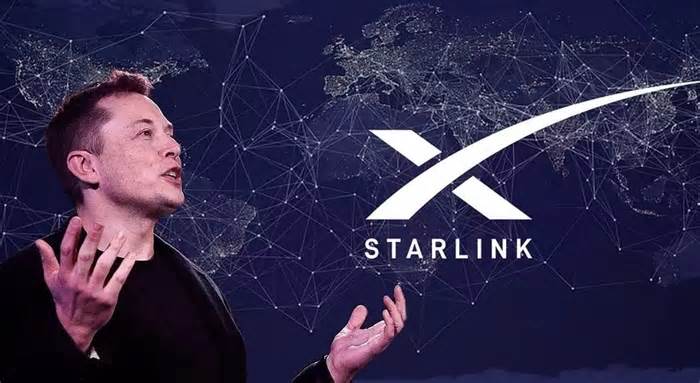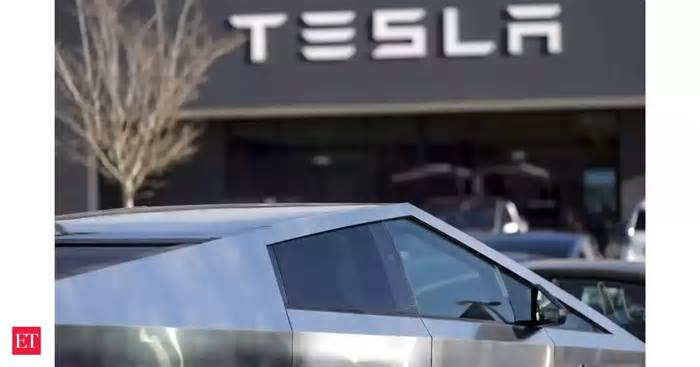
Tesla profit falls 16% as revenue has one of its steepest dives in a decade
- by Austin American-Statesman
- Jul 23, 2025
- 0 Comments
- 0 Likes Flag 0 Of 5
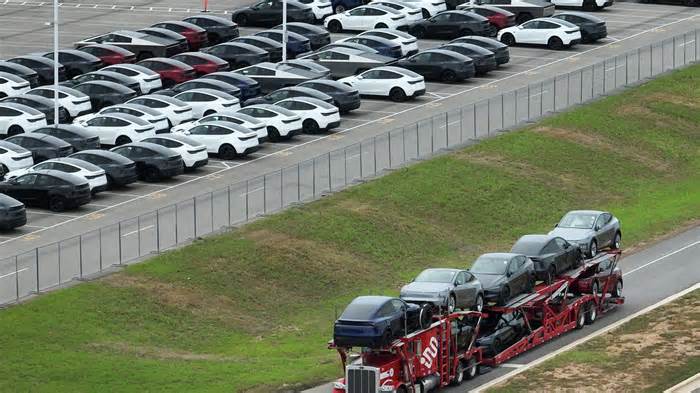
Need a break? Play the USA TODAY Daily Crossword Puzzle.
Tesla, which employs more than 21,000 people in the Austin area, reported earlier this month that its global deliveries were down more than 13% in the quarter. Delivery data is the company’s clearest indicator of sales.
CEO Elon Musk and other high level executives faced investors in its quarterly earnings call Wednesday afternoon, answering questions about the company's worrisome sales numbers and advancements in autonomy and artificial intelligence.
Since leaving his role with the Trump administration, Musk Musk has dedicated his attention to driverless robotaxis, humanoid robots and artificial intelligence — none of which are boosting the bottom line. And Musk's return to the office, prompted by a near-disastrous first quarter, when Tesla’s profit dropped 71%, hasn't appeared to be enough to turn around Tesla's year. Tesla's main focus this past quarter has been autonomy and artificial intelligence.
Tesla launched its robotaxi service in Austin this past June, using Model Y vehicles equipped with the company’s latest Full Self-Driving software. The service remains limited to a small group of invited influencers and fans.
Currently, 10 to 20 of the driverless vehicles — each operating with a safety driver on board — are active in the Austin area. Tesla said the safety drivers are present to “expedite” operations while the company awaits regulatory approval.
After just a few weeks of operation, Tesla expanded the program’s service area. The company said it already planned to expand its geofence "probably more than ten times our current operating region." Musk said that expansion will happen in the next "couple of weeks."
Tesla plans to roll out its robotaxis in the San Francisco Bay Area next, but is reportedly talking to governments in Arizona, Florida and Nevada to bring the driverless ride-hailing service to other cities.
"We'll probably have autonomous ride-hailing in probably half the population of the U.S. by the end of the year," Musk told investors Wednesday.
In its filing Wednesday, Tesla reported it was readying production for Cybercab — the company's "purpose-built Robotaxi product" — to start in 2026. Musk unveiled his $30,000 Cybercab design in October 2024. The two-seater vehicle does not have steering wheels or pedals and will be equipped with what Tesla describes as "unsupervised FSD."
This quarter, the company completed its first autonomous delivery when a Model Y drove itself from Tesla’s Gigafactory outside Austin to a customer’s luxury apartment complex on South Lamar Boulevard.
These driverless deliveries are going to become the standard in Austin, Musk said.
"It's just a software update," Musk said. "I think we'll end up delivery cars in the greater Austin area and the Bay area by default for the factory. By the end of this year, the car will deliver itself to you where you are, unless you say you don't want that."
Another major focus for the company has been its Optimus humanoid robotics program. Despite its top executive exiting the company this summer, the program's Optimus Two robots are already being used, on a smaller scale, in factories as well at Tesla's new Los Angeles drive-in supercharger.
Tesla is developing its Optimus Three design currently, and Musk said it will be the company's "biggest product ever." The company hopes to one day mass produce and sell these humanoid robots to be used in homes as babysitters and in factories.
'More affordable' model production begins
In its filing, Tesla reported that it had begun production of a 'more affordable' model.
The lower-cost offering is critical for the company as rival automakers, like China's BYD oversees or General Motors in the U.S., have taken advantage of Tesla’s slowing momentum to grow their market share.
Tesla previously promised a more affordable model, which will resemble a Model Y, by the end of June but no new vehicle has been officially introduced. Tesla did not reveal details of what the model would be called, the starting price or what features it would have. Tesla's Model 3, its cheapest vehicle, starts at about $42,490, according to the automotive information provider Edmunds.
Along with offering a more affordable model soon, Tesla has turned to other means to encourage sales, like low-interest loans and payment plans, in recent months.
The need for a more affordable model is one of the many pressing issues facing the company right now.
Trump's multitrillion-dollar tax-and-spending package has several ramifications for Tesla. It will axe the $7,500 electric vehicle tax credit after September and will negatively impact energy projects at the company, Tesla officials warned investors Wednesday.
"We're in this like weird transition period where we'll lose a lot of incentives in the U.S., a lot of incentives actually in many other parts of the world, but we'll lose them in the U.S.," Musk said. "And still a bit at the relatively early stages of autonomy. On the other hand, autonomy is most advanced and most available from a regulatory standpoint in the US. So, does that mean, we could have a few rough quarters? Yeah, we probably could have a few rough quarters. I'm not saying we will, but we could. Q4, Q1 maybe Q2. But once you get to autonomy and scale in the second half of next year, certainly by the end of next year, I'd be surprised if Tesla's economics are not very compelling."
Pressured by a group of 27 investors to set a date, Tesla will hold its annual shareholders meeting on Nov. 6.
Please first to comment
Related Post
Stay Connected
Tweets by elonmuskTo get the latest tweets please make sure you are logged in on X on this browser.




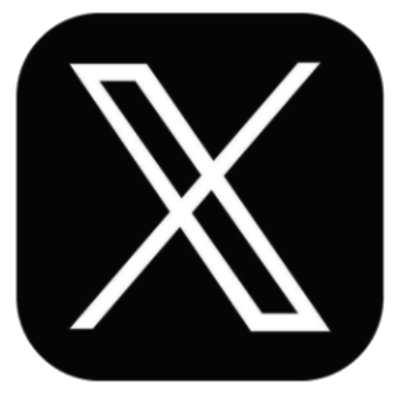

 Energy
Energy